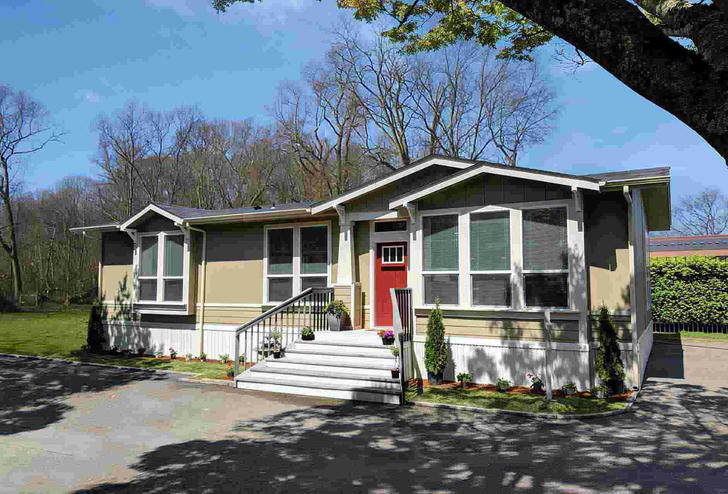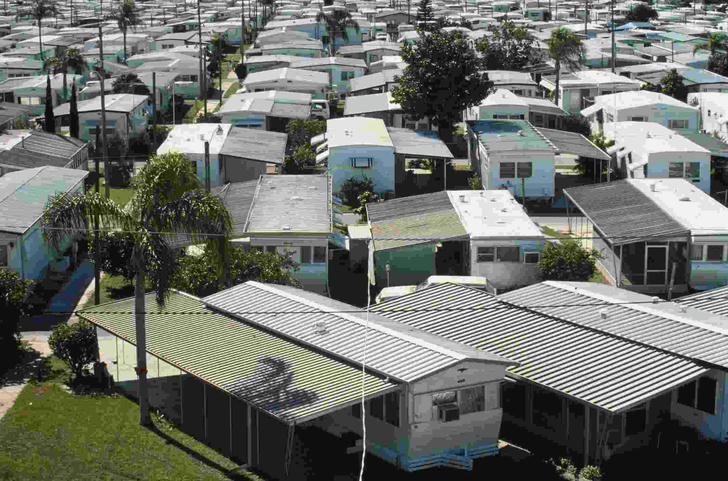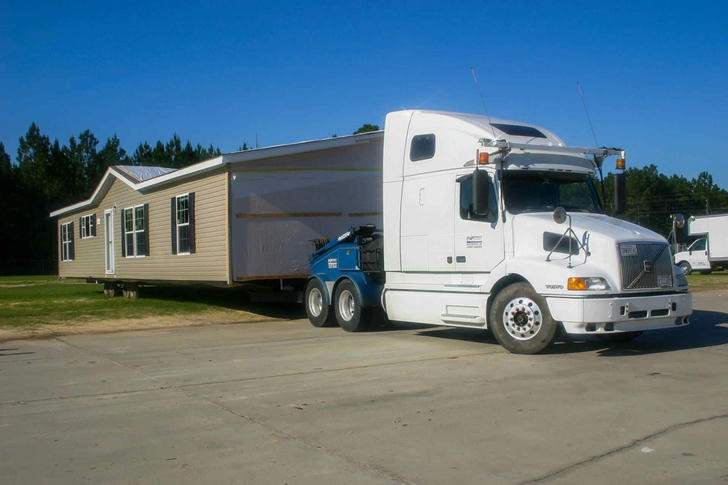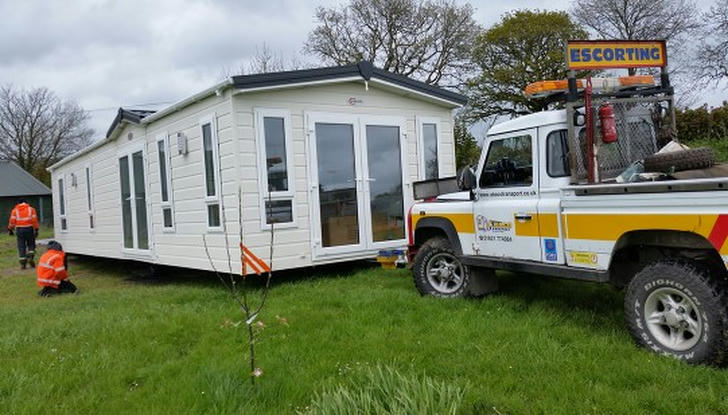Discover the Freedom of Mobile Home Living: A Comprehensive Installation Guide

In recent years, mobile homes have become a popular choice for those seeking affordable, flexible, and convenient living solutions. Whether used as a vacation home, a permanent residence, or a temporary shelter, mobile homes offer numerous advantages.
This guide will help you understand why choosing a mobile home might be right for you and how to install one!Used cars are often seen as the most cost-effective option, with good quality at a reasonable price.
However, why do most people end up losing rather than gaining when buying used cars? This may be due to some myths about used cars that many people hold. This article summarizes three of the most common myths, hoping to remind guys who are considering buying a used car. Keep reading!
1.Why Choose a Mobile Home?
1) Cost-effectiveness
Cost Savings: Mobile homes are generally cheaper than traditional buildings, especially in terms of land and construction materials.
Maintenance Costs: Maintenance is often less expensive due to their simple structure and durable materials.
Energy Efficiency: Modern mobile homes often come equipped with energy-saving devices, reducing long-term energy expenses.
2) Flexibility
Mobility: Mobile homes can be relocated, adapting to different living needs and environments.
Versatility: They can serve as temporary residences, vacation homes, or offices, accommodating various uses.
Expandability: Some designs allow for modular expansion, enabling you to add or remove space as needed.
3) Environmental Benefits
Resource Use: Mobile homes often utilize recyclable and eco-friendly materials, reducing construction waste.
Energy Usage: Efficient insulation and energy-saving technologies lower energy consumption.
Land Use: They reduce permanent land occupation, supporting a low-impact living approach.
2.Real-Life Examples of Mobile Homes Benefiting People
In the United States, mobile homes are widely used in several practical cases, demonstrating their flexibility and practicality. A notable example is the recovery after Hurricane Katrina. In 2005, Hurricane Katrina devastated Louisiana and Mississippi, resulting in the destruction of numerous homes.
In response to emergency accommodation needs, the U.S. Federal Emergency Management Agency (FEMA) quickly deployed a large number of mobile homes. These mobile homes provide temporary shelter for disaster victims, helping them find shelter during the post-disaster reconstruction period. Although these mobile homes are temporary, they play a vital role in the recovery phase.
Another example is low-income housing projects in California. Mobile homes have emerged as an affordable housing solution in California, especially in high-priced areas.
In response to housing shortages and high rents, some communities and developers are using mobile homes to provide long-term housing for low-income families. These mobile homes are often located in purpose-built mobile home parks, providing a relatively stable and comfortable living environment while keeping costs under control.

These real-life examples illustrate the important role mobile homes play in emergency management and housing provision. Whether used for post-disaster reconstruction or as a low-income housing solution, mobile homes provide valuable living space for many people, reflecting their diverse applications in modern society.
3.How to Install a Mobile Home
1.Choose the Right Location:
The first step in installing a mobile home is selecting an appropriate site. Consider factors such as proximity to amenities, local zoning regulations, and environmental conditions. Ensure the land is suitable for a mobile home, with good drainage and a stable foundation. Check with local authorities to confirm that the land is zoned for mobile homes and that you have the necessary permits.
2.Prepare the Site:
After choosing the location, prepare the site by clearing debris and obstacles from the land. Level the ground to provide a stable base for the mobile home. You may need to install a foundation, such as concrete piers or a concrete pad, for support and stability. Proper site preparation is crucial to prevent uneven settling or water damage.
3.Transport the Mobile Home:
Transporting the mobile home to the prepared site is a critical step. Mobile homes are usually delivered by specialized transport companies. Ensure that the route to your site is clear of obstacles and that there is sufficient space for the transport vehicles. Professional movers will handle the delivery, but you should be present to oversee the process and address any issues that may arise.

4.Installing the Mobile Home
Once the mobile home arrives at the site, it needs to be carefully positioned and installed. This process involves several key steps:
Positioning: The mobile home must be placed accurately on the prepared foundation. It should be level and aligned correctly to prevent structural issues.
Securing: The home needs to be securely fastened to the foundation. This often involves anchoring it with straps or piers to ensure stability and prevent movement.
Connecting Utilities: Mobile homes require connections to essential utilities, such as water, electricity, and sewage. Arrange for professional services to handle these connections to ensure they are done safely and in compliance with local codes.
Inspection: After installation, the mobile home should be inspected to ensure everything is in proper working order. Check for any issues with the foundation, utility connections, or overall stability.
Finishing Touches: Once the installation is complete, you can focus on the finishing touches. This includes landscaping around the mobile home, setting up any additional features such as decks or porches, and furnishing the interior. Personalizing your mobile home can help make it feel like a true home.

4.Conclusion
Installing a mobile home can be a rewarding experience, offering a flexible and affordable housing solution. By carefully choosing the location, preparing the site, overseeing transport and installation, and adding personal touches, you can ensure a successful setup. Mobile homes provide a unique opportunity to create a living space that meets your needs and preferences. Embrace the convenience and benefits of mobile home living and enjoy a new way of life.
